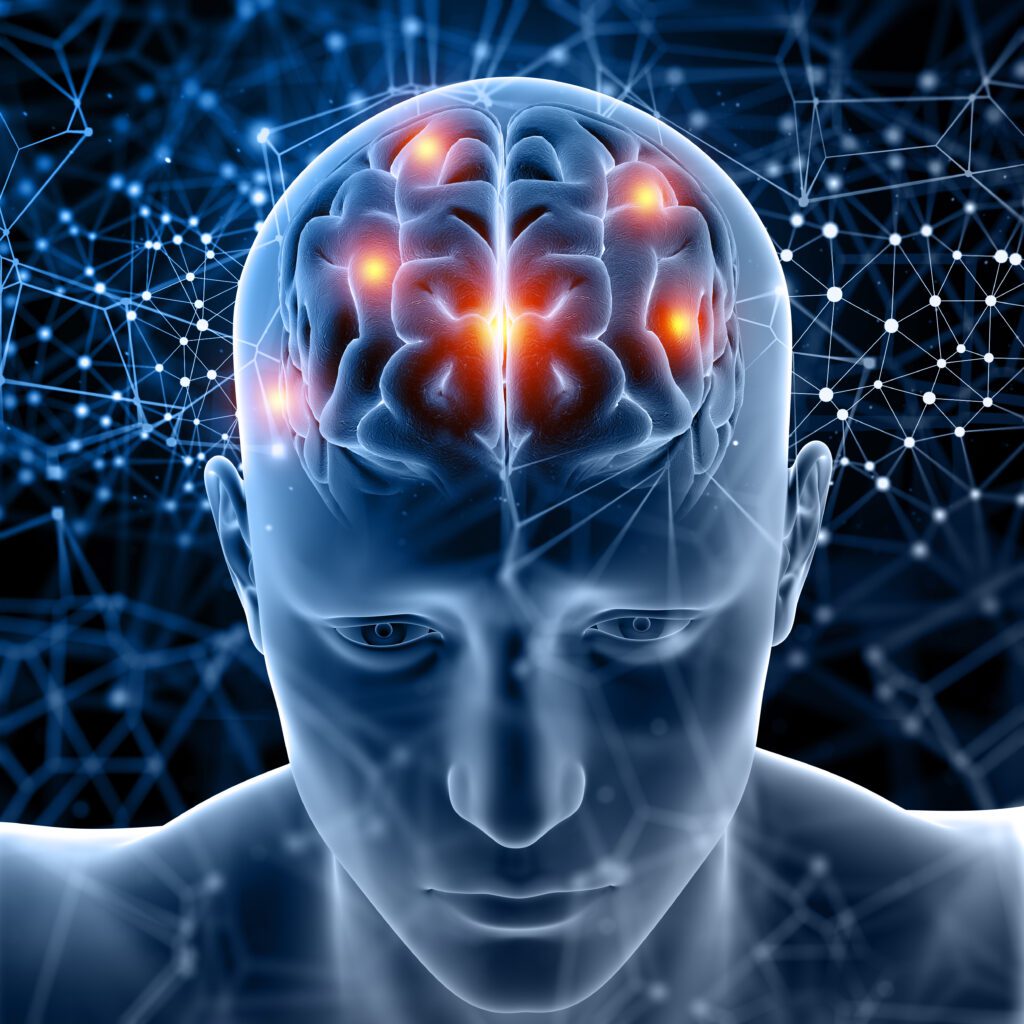Discover how convolutional neural networks are transforming image recognition. Explore CNN architectures, training methods, and cutting-edge applications. Enhance your computer vision skills now. Click for expert insights!
CNNs are a specialized type of deep learning model designed to process and analyze visual data. They mimic the human visual system, making them highly effective for tasks like object detection, facial recognition, and image classification. CNNs use multiple layers, including convolutional, pooling, and fully connected layers, to extract and learn features from images.
This hierarchical approach enables them to recognize complex patterns and structures. Their ability to handle large amounts of data and learn from it makes CNNs indispensable in fields such as medical imaging, autonomous driving, and security. By leveraging CNNs, businesses and researchers can achieve state-of-the-art results in image analysis.

Credit: www.linkedin.com
Introduction To Cnns
Convolutional Neural Networks (CNNs) excel in image recognition by mimicking the human visual system. These networks identify patterns in images, enabling tasks like object detection and classification.
5 Mind-Blowing CNN Tricks for Superhuman Image Recognition
- The CNN Revolution: Seeing is Believing
First things first, let’s break down what CNNs are all about. These clever neural networks are designed to mimic the human visual cortex, making them perfect for tackling image-related tasks. Unlike traditional neural networks, CNNs use specialized layers to automatically learn and detect features in images.
FAQ: How do CNNs differ from regular neural networks? Answer: CNNs use convolutional layers that apply filters to detect specific features in images, making them much more efficient and accurate for visual tasks than regular neural networks.
Key Point: CNNs have revolutionized image recognition, achieving human-level accuracy in many tasks and even surpassing human performance in some areas.
- Transfer Learning: Standing on the Shoulders of Giants
Why start from scratch when you can piggyback on existing knowledge? Transfer learning allows you to use pre-trained CNN models and fine-tune them for your specific task, saving you time and computational resources.
Statistic: According to a recent study, transfer learning can reduce training time by up to 90% while maintaining or even improving accuracy in many image recognition tasks.
- Data Augmentation: Making the Most of What You’ve Got
Don’t have enough data? No problem! Data augmentation is like a magic wand that multiplies your dataset by applying various transformations to your existing images.
FAQ: How does data augmentation improve CNN performance? Answer: By creating variations of existing images through rotations, flips, and other transformations, data augmentation increases the diversity of your training data, helping your CNN generalize better to new images.
- Attention Mechanisms: Focusing on What Really Matters
Attention mechanisms are like the spotlight operators of the CNN world. They help your network focus on the most relevant parts of an image, dramatically improving performance on complex recognition tasks.
Key Point: Attention mechanisms have been a game-changer in image recognition, enabling models to handle more complex scenes and achieve higher accuracy in object detection and segmentation tasks.
- Residual Networks (ResNets): Going Deep Without the Drama
ResNets are like the marathon runners of the CNN family – they can go incredibly deep without losing steam. These networks use skip connections to combat the vanishing gradient problem, allowing for the creation of much deeper and more powerful models.
Statistic: The introduction of ResNet architecture led to a significant jump in image recognition accuracy, with the top-5 error rate on the ImageNet dataset dropping from 6.7% to 3.6% practically overnight.
What Is A Cnn?
A Convolutional Neural Network (CNN) is a type of artificial neural network. It is used for processing and recognizing images. CNNs can identify patterns and features in images. They are very good at tasks like identifying faces or animals in pictures. CNNs have layers that perform different tasks. These layers help the network learn and improve. CNNs are very powerful for image recognition.
History And Evolution
CNNs were first introduced in the 1980s. They have evolved a lot since then. Early CNNs were simple and had few layers. Modern CNNs are much more complex. They have many layers and can handle very large images. The development of powerful computers helped CNNs grow. Today, CNNs are used in many fields. They help in medical imaging, self-driving cars, and even in art.
Core Components
Convolutional layers use filters to find patterns in images. These filters slide over the image, looking for specific features. Each filter is a small matrix, usually 3×3 or 5×5. The filter multiplies its values by the image pixels. The results are then summed up. This creates a feature map. The feature map highlights important parts of the image. Many filters can be used in one layer. This helps to catch different patterns. These patterns might be edges, textures, or shapes.
Pooling layers make the feature maps smaller. This reduces the number of parameters. Pooling helps the model to be faster and less prone to overfitting. Max pooling is a common type. It takes the largest value from a group of pixels. Another type is average pooling. It takes the average value from a group of pixels. Pooling layers follow convolutional layers. They keep the important information while reducing size.
7 Mind-Blowing CNN Tricks for Superhuman Image Recognition”
Activation Functions
ReLU stands for Rectified Linear Unit. This function is simple and efficient. It replaces all negative values with zero. This helps to solve the vanishing gradient problem. ReLU is popular in many neural networks. It helps them learn faster.
The sigmoid function is S-shaped. It maps values between 0 and 1. This makes it useful for binary classification. The Tanh function is also S-shaped. It maps values between -1 and 1. Tanh helps in making the mean of activations closer to zero. This can lead to faster learning. Both functions help in controlling the output of neurons.

Credit: www.edge-ai-vision.com
Architectures
LeNet is a pioneering convolutional neural network. It was designed by Yann LeCun in the 1990s. LeNet was used for handwritten digit recognition. It has 7 layers, including convolutional layers, pooling layers, and fully connected layers. This model showed that CNNs can be effective for image recognition tasks.
AlexNet won the ImageNet challenge in 2012. It has 8 layers and used ReLU activation functions. AlexNet also used dropout to prevent overfitting. This model was much deeper than LeNet. AlexNet showed that deep networks could work well for image recognition.
After AlexNet, many models followed. VGGNet, GoogLeNet, and ResNet are examples. These models improved accuracy and depth. Each new model added new techniques and ideas. These advancements made CNNs even more powerful.
Training Techniques
Backpropagation helps train neural networks. It adjusts weights to minimize errors. The process involves forward and backward passes. In the forward pass, the input moves through the network. The output is compared to the target. The error is then calculated. The backward pass involves adjusting weights. This is done using the calculated error. It helps the network learn and improve.
Optimization algorithms fine-tune the network. They help find the best weights. Gradient Descent is a common algorithm. It updates weights based on the error gradient. Adam is another popular algorithm. It adjusts learning rates for each parameter. This helps achieve better results faster. Optimization is crucial for efficient training.
Applications In Image Recognition
Convolutional Neural Networks (CNNs) are great at object detection. They help find objects in images. This is useful in many areas. For example, self-driving cars use CNNs to detect people and other cars. Object detection helps in medical imaging too. Doctors use it to find tumors in x-rays. This saves lives.
Facial recognition uses CNNs to identify faces in images. This technology is used in many places. For example, smartphones use it to unlock the screen. Airports use it for security checks. CNNs make sure the recognition is accurate. This technology helps keep things secure. Facial recognition also helps in social media. It tags people in photos automatically. This makes sharing photos easier.
Challenges And Solutions
Overfitting occurs when a model performs well on training data but poorly on new data. This happens because the model learns noise and details from the training data. To combat overfitting, data augmentation and regularization techniques are useful. Data augmentation generates more training examples by altering the existing data. Regularization methods like dropout and weight decay help to reduce overfitting.
Convolutional Neural Networks require significant computational power. Training these networks can be slow and expensive. Using GPUs and TPUs can speed up the training process. Model optimization techniques like quantization and pruning help to reduce computational costs. Quantization reduces the precision of the numbers, making computations faster. Pruning removes unnecessary neurons and connections, making the model smaller and more efficient.
Future Trends
Transfer learning helps reuse pre-trained models. This saves time and resources. It is useful for small datasets. Pre-trained models have learned useful features. These features are then applied to new tasks. This method improves accuracy and efficiency. Many researchers use this method now. It is becoming very popular.
Explainable AI helps understand how models make decisions. This is important for trust and transparency. It shows which features are important. This helps improve the models. Users feel more confident in the results. Explainable AI is growing in the AI field. It is needed for ethical AI.

Credit: www.analyticsvidhya.com
Frequently Asked Questions
Can Cnn Be Used For Image Recognition?
Yes, CNN can be used for image recognition. It efficiently detects patterns and classifies images accurately.
What Is The Best Neural Network For Image Recognition?
The best neural network for image recognition is Convolutional Neural Networks (CNNs). They excel in identifying patterns and features in images.
How Do I Use Cnn For Ocr?
To use CNN for OCR, preprocess images, create labeled datasets, and design a CNN architecture. Train the network, validate performance, and fine-tune parameters. Use libraries like TensorFlow or PyTorch for implementation.
What Is Convolutional Neural Network In Image Processing?
A Convolutional Neural Network (CNN) is a deep learning model designed for image processing tasks. It automatically detects patterns and features in images, improving accuracy in tasks like classification and recognition. CNNs use convolutional layers to preserve spatial relationships, making them highly effective for visual data analysis.
Conclusion
Convolutional Neural Networks have revolutionized image recognition. They offer unparalleled accuracy and efficiency. By leveraging layers, they identify intricate patterns. This technology continues to evolve, promising even greater advancements. Embracing CNNs can transform various industries, driving innovation. Stay ahead by integrating CNNs in your image recognition tasks.
Explore their potential today.







